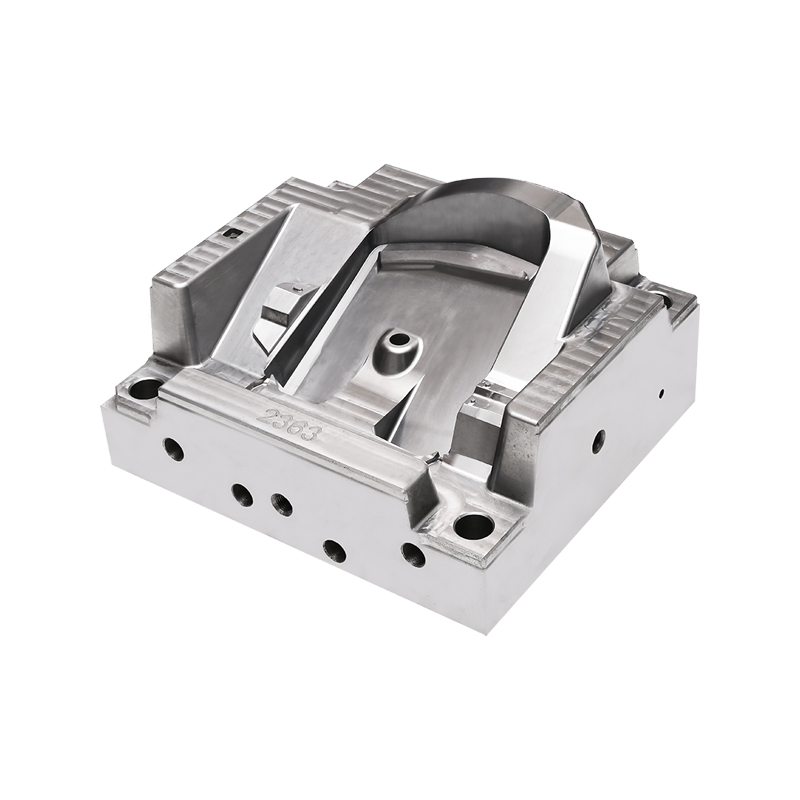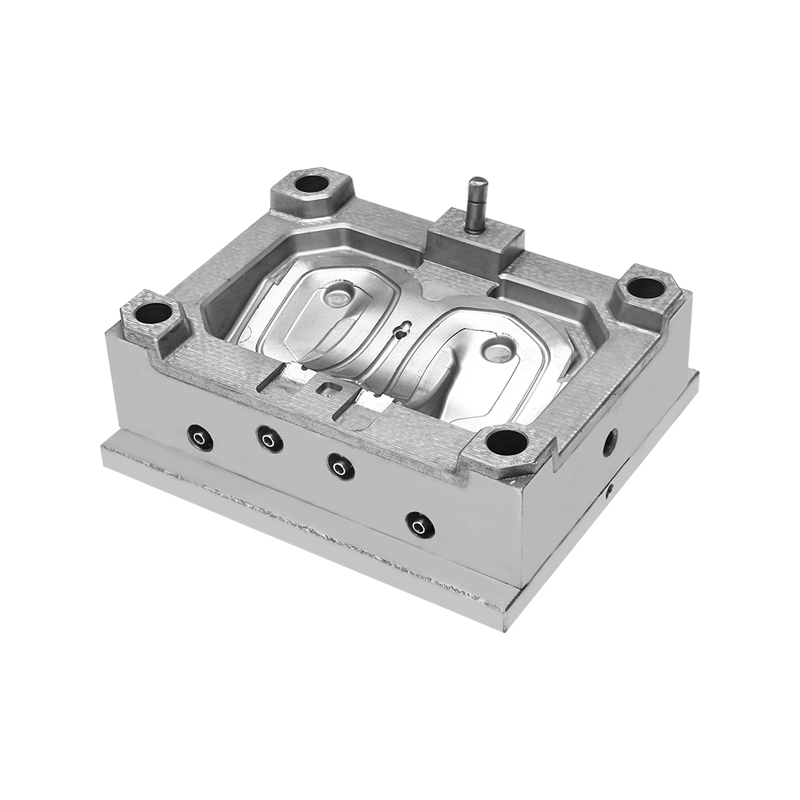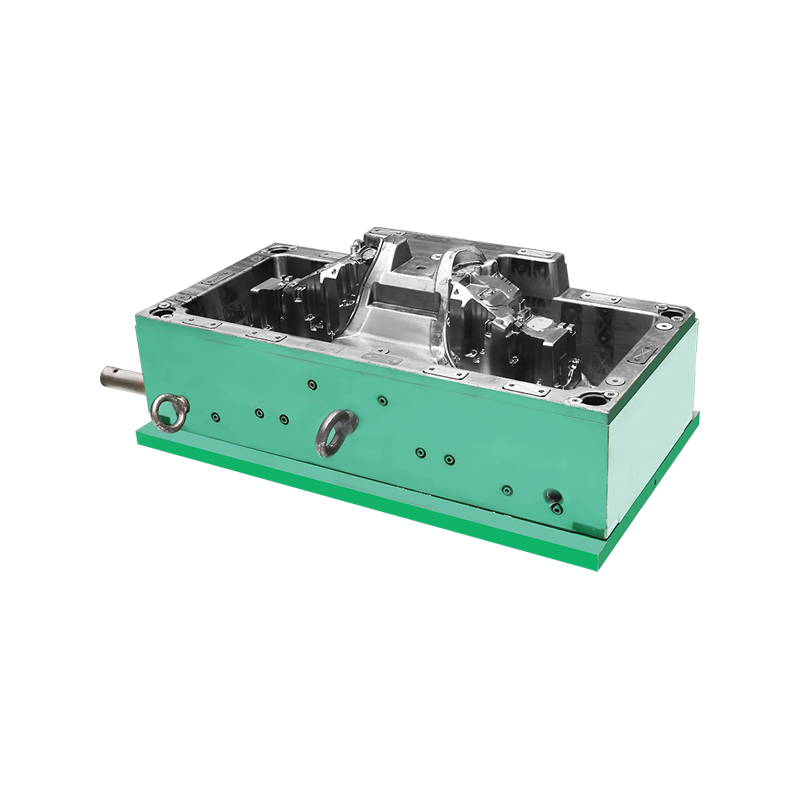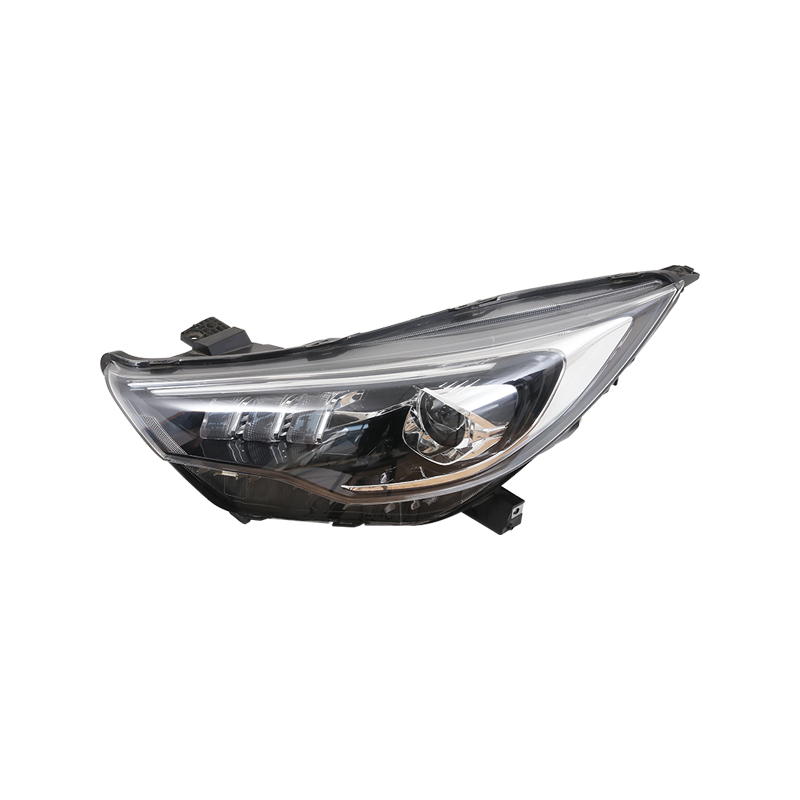The automotive industry relies heavily on high-quality components, and among these, the Auto Light Lens Plastic Injection Moulding Mold plays a critical role in the production of efficient and reliable lighting systems. Proper maintenance and care of these molds are essential for ensuring their longevity and performance.
Maintenance of the Auto Light Lens Plastic Injection Moulding Mold is vital for several reasons. It directly impacts the quality of the light lenses produced. Any wear or damage to the mold can bring about defects in the final product, affecting performance and safety. Second, regular maintenance can significantly extend the lifespan of the mold, reducing replacement costs and downtime. Lastly, a well-maintained mold operates more efficiently, contributing to overall production effectiveness.
Regular Inspections
One of the foundational aspects of maintaining the Auto Light Lens Plastic Injection Moulding Mold is conducting regular inspections. These inspections should focus on identifying any signs of wear, damage, or contamination. Key areas to inspect include:
Surface Condition: Check for scratches, dents, or corrosion on the mold surface. Any imperfections can affect the quality of the molded parts.
Alignment: Ensure that all components of the Plastic Injection Company are correctly aligned. Misalignment can bring about uneven pressure distribution during injection, resulting in defects.
Cooling Channels: Inspect the cooling channels for blockages or leaks. Efficient cooling is crucial for maintaining consistent mold temperatures during production.
Conducting these inspections regularly can help identify issues before they escalate, allowing for timely repairs.
Cleaning Procedures
Proper cleaning is essential for the maintenance of the Auto Light Lens Plastic Injection Moulding Mold. Residues from previous production runs, including dust, grease, and plastic remnants, can negatively impact the mold’s performance. Here are some recommended cleaning practices:
Routine Cleaning: Implement a routine cleaning schedule, especially after high-volume production runs. Use non-abrasive cleaning agents to avoid damaging the mold surface.
Specialized Cleaning Solutions: For stubborn residues, consider using specialized cleaning solutions designed for Plastic Injection Company. These can help remove contaminants without harming the mold material.
Drying: After cleaning, ensure that the Plastic Injection Company is thoroughly dried to prevent moisture accumulation, which can bring about corrosion.
Lubrication
Lubrication is another critical aspect of maintaining the Auto Light Lens Plastic Injection Moulding Manufacturers. Proper lubrication reduces friction between moving parts, preventing wear and tear. Here are some tips for effective lubrication:
Select Appropriate Lubricants: Choose lubricants that are compatible with the Injection Moulding Manufacturers materials and the production environment. This ensures that the lubricant does not cause any adverse reactions.
Apply Regularly: Develop a lubrication schedule that aligns with the production cycle. Regular application helps maintain smooth operation and prolongs the life of the mold.
Monitor Lubrication Levels: Keep an eye on lubricant levels and apply more as needed to ensure continuous protection against friction.
Temperature Control
Temperature management is vital for the performance of the Auto Light Lens Plastic Injection Moulding Manufacturers. Variations in temperature can bring about thermal stress and affect the material properties of both the mold and the injected plastic. Here are ways to manage temperature effectively:
Monitor Mold Temperature: Use temperature sensors to continuously monitor the mold temperature during production. Maintaining the temperature range prevents defects in the molded parts.
Cooling Systems: Ensure that the cooling systems are functioning correctly. Regularly check for blockages and ensure that the cooling channels are clear to allow for efficient heat dissipation.
Avoid Rapid Temperature Changes: Gradually ramp up or down the temperatures to avoid thermal shock, which can bring about cracking or warping of the mold.

 English
English 中文简体
中文简体 русский
русский Español
Español








